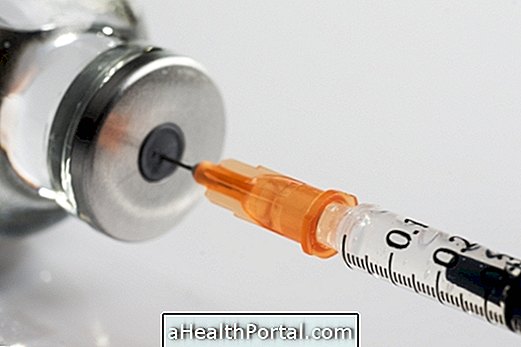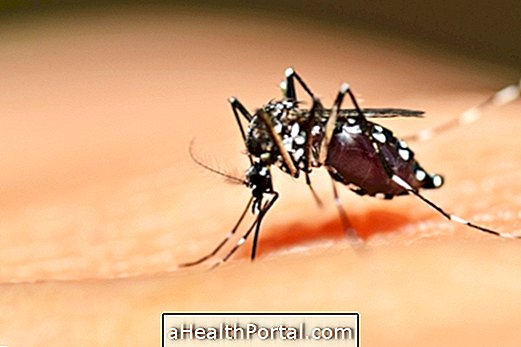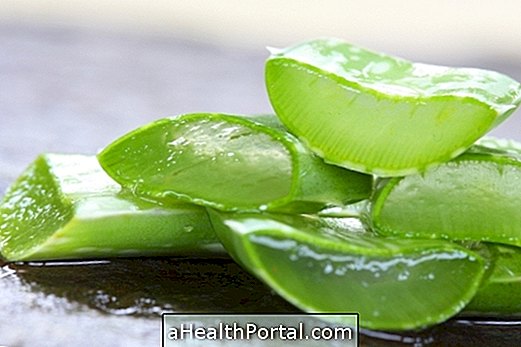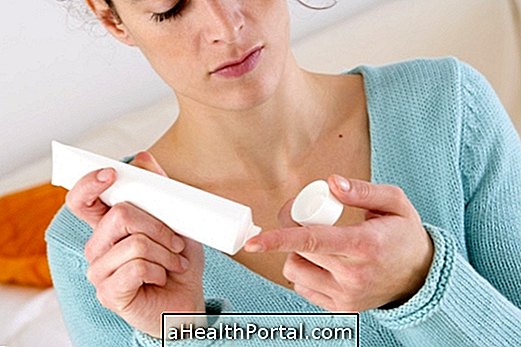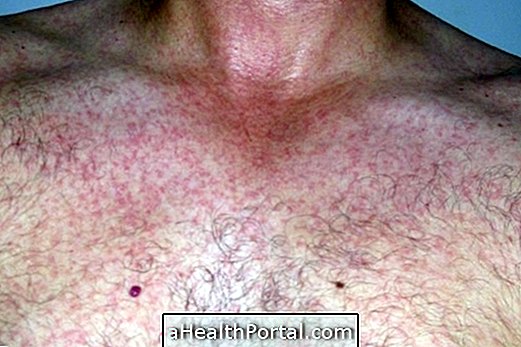Aedes Aegypti is the mosquito transmitting dengue, Zika, chikungunya and yellow fever and its life cycle is divided into 4 stages: egg, larva, pupa and developed mosquito. The cycle begins when an adult female lays her eggs on the walls of the reservoirs with clean, still water and usually after 7 days, the larva grows and becomes pupae, and 2 days later the mosquito is completely formed and ready to be stung.
The eggs of the mosquito are very resistant and survive even for 1 year in a dry place and when this place receives clean water, in about half an hour of submersion this egg can develop. This mosquito takes on average 10 days to develop and lives for 30 days. A single female produces 60 to 120 eggs in each reproductive cycle and may have more than 3 cycles during its lifetime.
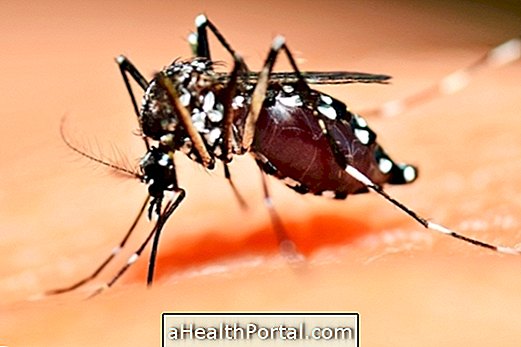
4 Stages of Aedes Aegypti
The Aedes Aegypti mosquito needs both water and land to survive if its life cycle in the aquatic phase includes egg, larva and pupa and in the terrestrial phase, the mosquito that when it bites the human being can transmit dengue.
The 4 stages of mosquito life are:
1. Egg
The Aedes female lays her eggs in standing water or on the edge of a place that can eventually get wet. They prefer to deposit their eggs into containers that can accumulate water, but slightly above the waterline as on the edge of buckets, basins, trash cans, swimming pools that are not treated with chlorine, open water box, bromeliads and dishes of plants, for example.
Sometimes the female lays her eggs in the water, but often prefers to lay eggs next to the waterline to ensure the growth of new mosquitoes months later, ensuring the development and survival of her offspring. It is at this stage that the mosquito is more resistant and the only way to eliminate it is washing the place with soap and water, using a buchinha to rub the place. To ensure that the egg is destroyed you can add some chlorine in the water while cleaning the container.
2. Larva
Upon contact with water, the egg turns into a larva, in only 2 or 3 days and these larvae are very active and move in water, being easily recognized. Although the mosquito prefers clean water to reproduce, it can develop even in dirty water and domestic sewage and feeds on protozoa, bacteria and fungi present in this water. During this stage the larva comprises 4 stages of its development, where it grows in size.

3. Pupa
In about 7 to 10 days the larva turns into a pupa and takes a comma form and this stage is shorter and lasts only 2 days, until the mosquito is ready to 'be born'. They do not feed on this phase, they just breathe and move a lot.
4. Adult mosquito
The pupa turns into a mosquito and it comes out of its 'cocoon' and is ready to fly and needs to feed. Usually Aedes Aegypti mosquitoes feed on fruits and juices from some vegetables, but after copulation, the female needs blood in order for her eggs to mature. After feeding on blood in 3 days she lays her eggs. The average life time of an adult mosquito is 30 days and during this period each female can lay about 3000 eggs.
These 4 phases can last from 5 to 10 days and the higher the temperature in the environment, the faster the mosquito develops and is ready to sting. The mosquito bite Aedes Aegypti can happen at any time of day, however the mosquito avoids the strong sun and outdoors, prefers shade but usually it stings in the morning or late afternoon and evening between 7:00 and 10 : 00h and between 16:00 and 19:00.
How to reproduce
The reproduction of the dengue mosquito occurs through the copulation between the male and the female. Mating may occur during flight or on a flat surface. Next, for the maturing of their eggs the female needs human or animal blood that will provide the nutrients needed for the development of the eggs.
The female deposits her eggs gradually, impaling them by different places. It has already been observed that a female can place only 1 or 2 eggs in a single place, depositing the others in several other places, over a distance of more than 1 km. This indicates that the female when she does not find a suitable place to lay her eggs can fly for long distances in search of the ideal environment, spreading the disease.
How to fight the mosquito
There are several ways to combat the mosquito and everyone can help in this fight by adopting some measures like:
- Use of insecticides that can be applied to water deposits, drains and plant dishes. Here's how to make a homemade insecticide.
- Avoid the accumulation of still water inside and outside the house;
- Placing chlorine and treating the water of the pools that remain open;
- Cleaning and capping boxes of water and cisterns;
- Removing all accumulated garbage.
Through simple measures like these it is possible to interrupt the life cycle of Aedes avoiding all the diseases that it can cause.
Aedes Aegypti in Brazil
Aedes aegypti originates from North Africa and arrived in the Americas during its colonization and is present in several countries with tropical climate, being very common in Brazil, especially in the summer where the temperatures are higher and there are rainy periods and tropical storms that lead to the flooding of the streets and the easy watering of water, facilitating their reproductive cycle.
Dengue is an arbovirose, as are Zika, chikungunya and yellow fever because they are transmitted by the bite of an insect, in this case the mosquito Aedes Aegypti. Until the year 2000 in Brazil there were only dengue types 1 and 2, but in 2001 came type 3 and in 2010 type 4 was found in Roraima. Learn more about Types of Dengue in Brazil.
